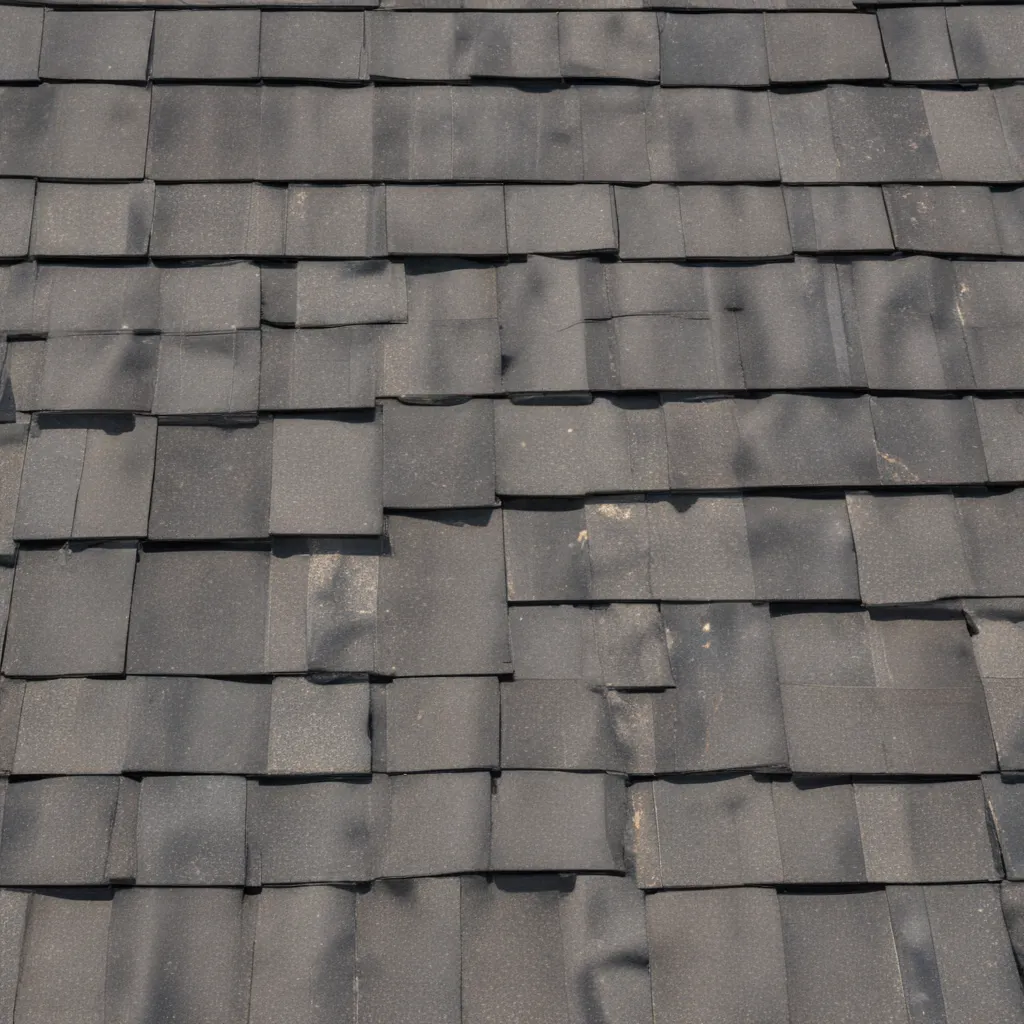
As a roofing specialist with years of experience, I understand the importance of selecting the right roofing material for your home. Your roof is not only a critical component in protecting your property, but it also plays a significant role in the overall aesthetic of your home. Whether you’re building a new home or replacing an existing roof, the options can be overwhelming. In this comprehensive guide, we’ll explore the various roof replacement options, their benefits, and how to choose the best solution for your needs.
Types of Roofing Materials
Asphalt Shingles: Asphalt shingles remain one of the most popular roofing choices due to their affordability and ease of installation. They come in a wide range of colors and styles, making them a versatile option for many homes. However, asphalt shingles typically have a shorter lifespan, often needing replacement every 15-20 years.
Metal Roofing: Metal roofs are gaining popularity for their exceptional durability, longevity, and energy efficiency. Metal roofing encompasses a variety of materials, including steel, aluminum, copper, and zinc. These roofs are known for their resistance to weathering, fire, and pests, making them a smart investment for homeowners.
Tile Roofing: Tile roofs, often made from clay or concrete, offer a classic and timeless aesthetic that complements a variety of architectural styles. They are highly durable, fire-resistant, and low-maintenance, but can be more expensive than other options.
Slate Roofing: Slate roofs are a premium choice, prized for their elegance, durability, and longevity. Slate is a natural stone that can last for over a century with proper care. While more costly upfront, slate roofs can be a wise long-term investment for homeowners.
Factors Influencing Material Selection
Climate and Weather Conditions
The climate in your region plays a crucial role in determining the most suitable roofing material. Metal roofs, for example, are highly resistant to harsh weather conditions, making them an excellent choice for areas prone to heavy snowfall, strong winds, or wildfires. Tile roofs, on the other hand, perform well in hot, dry climates, as they can help regulate indoor temperatures and reduce cooling costs.
Architectural Style of the Home
The architectural style of your home should also be a consideration when selecting a roofing material. Asphalt shingles can complement a wide range of home styles, from traditional to contemporary. Tile roofs are often associated with Mediterranean or Spanish-inspired architecture, while slate roofs are well-suited for historic or high-end properties.
Durability and Lifespan
The longevity of a roofing material is a significant factor, as it directly impacts the long-term costs and maintenance requirements. Metal roofs are renowned for their exceptional durability, often lasting 40-70 years with proper care. Tile and slate roofs can last for over a century, making them an investment that pays off over time, despite their higher initial cost.
Cost Implications
Budget Constraints
When it comes to roof replacement, cost is a crucial consideration for many homeowners. Asphalt shingles are generally the most affordable option, while tile and slate roofs tend to be more expensive. However, it’s important to consider the long-term maintenance and energy-efficiency costs, as they can impact the overall value of your investment.
Energy Efficiency Considerations
The energy efficiency of your roofing material can have a significant impact on your utility bills. Metal roofs, for example, are highly reflective, helping to reduce cooling costs during the warm summer months. Tile roofs also offer excellent insulation properties, which can improve your home’s overall energy performance.
Aesthetic and Design Factors
Matching Existing Architecture
Ensuring your new roof complements the existing architecture of your home is essential for maintaining a cohesive and visually appealing appearance. Tile roofs are often a natural choice for Mediterranean-style homes, while metal roofs can add a modern, sleek look to contemporary designs.
Customization Options
Roofing materials offer a wide range of customization options, allowing you to personalize the look and feel of your home. Metal roofs come in a variety of colors, textures, and panel profiles, while tile roofs offer a diverse selection of styles, from traditional Spanish tile to modern concrete tile.
Installation and Maintenance
Professional Installation Process
Proper roof installation is critical to the longevity and performance of your new roofing system. It’s essential to hire experienced and certified roofing professionals who can ensure the underlayment, flashings, and soffits are installed correctly. This attention to detail can make a significant difference in the overall integrity and weather-resistance of your roof.
Ongoing Maintenance Requirements
Maintaining your roof is a crucial aspect of preserving its long-term value. Metal roofs typically require less frequent attention compared to other materials, with basic cleaning and occasional touch-ups being the primary maintenance tasks. Tile and slate roofs may require more diligent care, such as inspecting for cracked or loose tiles and addressing any issues promptly.
Choosing the right roof replacement option for your home is an important decision that requires careful consideration. By evaluating the various roofing materials, their benefits, and the factors that influence your selection, you can make an informed choice that not only protects your property but also enhances its overall aesthetic appeal. Whether you opt for the durability of metal roofing, the timeless charm of tile, or the premium quality of slate, Genuine Roof Systems is here to guide you every step of the way. Contact us today to explore the best roofing solutions for your home.

























